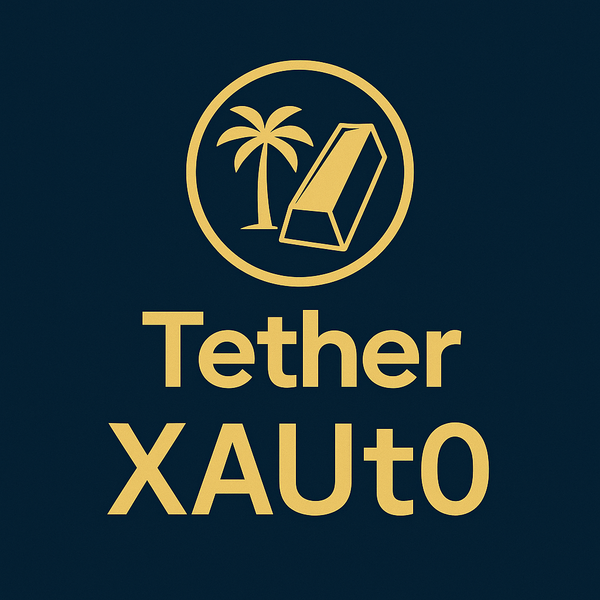
The world's largest stablecoin issuer, Tether, is reportedly storing about 80 tons (equivalent to $8 billion) of gold directly in a private vault in Switzerland. This scale is comparable to global major gold trading banks like UBS, and is seen as an example of Tether's unique 'gold standard' positioning in the stablecoin market.
Currently, the total circulation of USDT, the dollar-pegged stablecoin issued by Tether, is approximately $159 billion. Among this, gold accounts for about 5% of the reserves, with the remainder mostly invested in US Treasury bonds and cash-like assets.
However, new stablecoin regulations in the European Union (EU) and the United States do not recognize alternative assets like gold as reserves, so Tether faces regulatory risks that may require disposing of its gold to receive formal regulatory approval.
Meanwhile, Tether is also separately issuing a gold-based token called 'Tether Gold' (XAUT). XAUT can be redeemed at one token per ounce of gold, with approximately 7.7 tons (equivalent to $820 million) currently in circulation.
Tether's decision to directly store gold is interpreted as a long-term strategy to lower storage costs (saving about 50 basis points in fees) and strengthen management control as gold holdings increase. Additionally, it is seen as a move to enhance its role as a 'digital gold standard' asset in response to global central banks' expanded gold purchases and market uncertainty due to increasing US debt.
As the stablecoin industry gradually becomes integrated into the regulatory environment, market attention is focused on how long Tether can maintain its gold holdings and 'safe asset' framework.






